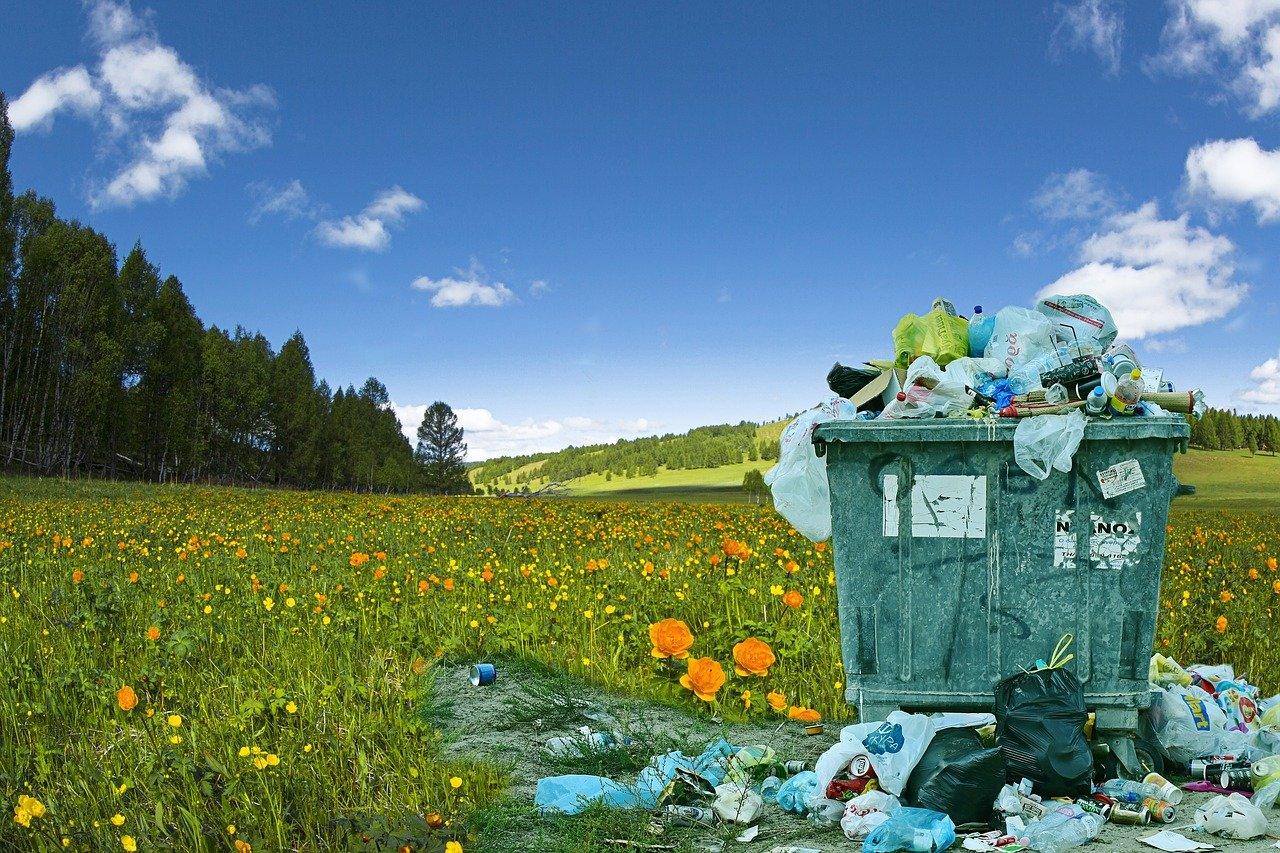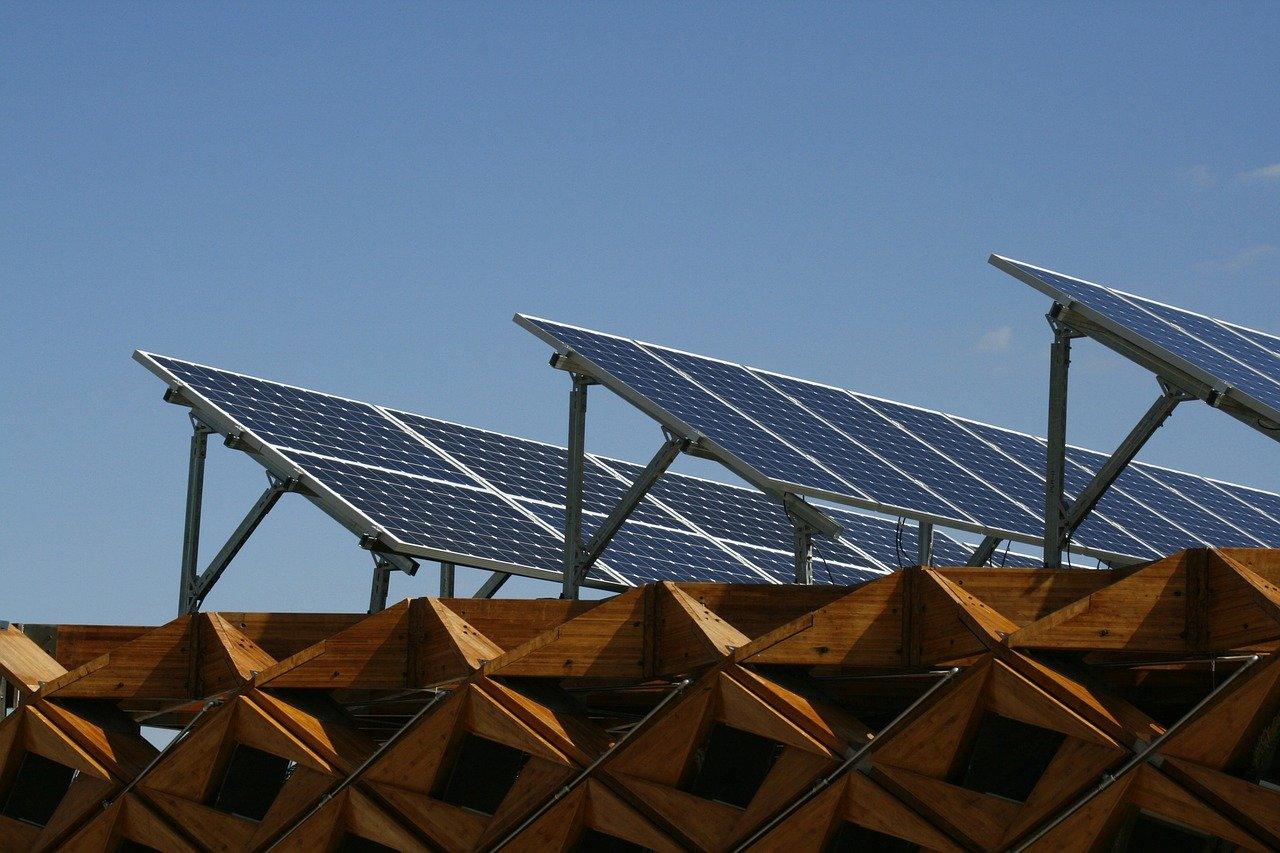40% OFF ALL LEED EXAM PREP PRODUCTS! | PASS YOUR EXAM CONFIDENTLY, ON YOUR FIRST TRY!
40% OFF ALL LEED EXAM PREP PRODUCTS! | PASS YOUR EXAM CONFIDENTLY, ON YOUR FIRST TRY!
Add description, images, menus and links to your mega menu
A column with no settings can be used as a spacer
Link to your collections, sales and even external links
Add up to five columns
Add description, images, menus and links to your mega menu
A column with no settings can be used as a spacer
Link to your collections, sales and even external links
Add up to five columns
LEED Heat Island Reduction Credit Explained
2 min read

An example of the heat island effect would be the black asphalt surfaces radiating heat on a hot summer day, with the air rising from the asphalt like hot air from a hair dryer. If there was a grass or soil area instead of a black-colored asphalt, as it would have existed before the development, this effect would not occur, as soil cannot absorb the solar heat like black-colored asphalt does.
Disturbing the environment with dark-colored, nonreflective surfaces causes the heat island effect. These surfaces absorb heat during hot weather and release it into the atmosphere. Studies show that urban “heat islands” are responsible for 24.2% of global warming. And because of this effect, urban areas can have air temperatures that are 1.8 F to 22 F warmer than surrounding suburban areas. Higher temperatures also lead to smog or ground-level ozone, which create consequences for human health.
Heat islands are also responsible for increased cooling loads in buildings, and they result in higher electricity usage and harm to plants and animals that are sensitive to temperature changes.
Think about wearing a black T-shirt on a hot summer day when walking under the sun at noon, and compare the difference of heat that would be absorbed by the black T-shirt versus a white T-shirt. The black T-shirt would absorb all the heat from the sun while the white T-shirt would reflect back the heat. This can be explained by the differences in their solar reflectance (SR) and solar reflectance index (SRI) values.
A solar reflectance value will show the solar energy that is reflected by a surface on a scale of 0 to 1. A black surface will have an SR of 0 while a white surface will have an SR of 1.
A material’s SRI value will indicate a material’s ability to stay cool by reflecting solar radiation and emitting thermal radiation. Thus, both the solar reflectance and emissivity of a material are combined to rank the material. Emissivity (infrared or thermal emittance) is a measure that shows how much heat or infrared radiation a material can shed back into the atmosphere. The SRI value of a material is measured from a scale of 0 to 100, and within that scale, light-colored materials are closer to scoring a 100 SRI while darker-colored materials are closer to scoring a 0 SRI. Thus, the higher the SRI or SR, the lower the heat island effect.
In order to classify building materials according to their solar emissions and reflectance, the solar reflectance index will be used for roofing materials, and solar reflectance values will be used for nonroof materials (such as hardscape) in this credit’s calculations. In addition to the initial SR and SRI values, three-year-aged SR and SRI values will also be needed since the materials’ performance will drop as they age.
This credit awards points for minimizing a project’s heat island effect by using vegetated roofs, light colored nonroof measures, high-reflectance roofs, or covered parking.
To learn more about this credit, check out our video:
Also in Projectific Blog

What Changes In LEED v5 & When Will The LEED Exams Will Be Based On LEED v5?
2 min read
As building professionals prepare for this significant update, two critical questions arise: what are the major changes in LEED v5, and when will the LEED credential exams transition to the new version?

How LEED Handles Recyclables With The Storage And Collection Of Recyclables Prerequisite
2 min read

What is a Net Zero Energy Building?
3 min read

